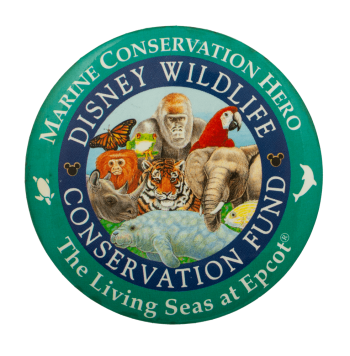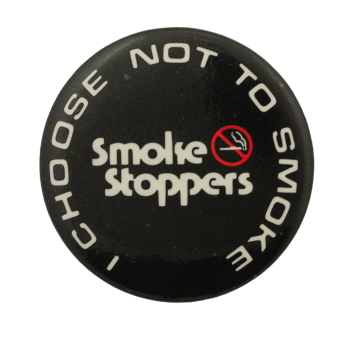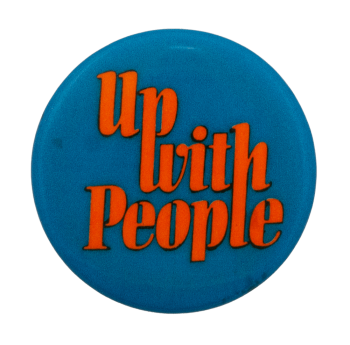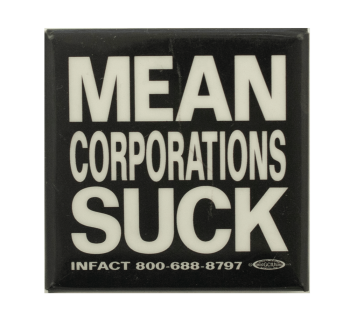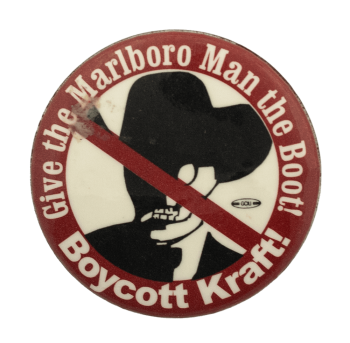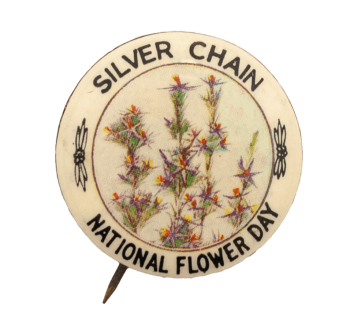Disney Wildlife Conservation Fund
| Category | |
|---|---|
| Additional Images | |
| Sub Categories | |
| Text on Button | DISNEY WILDLIFE CONSERVATION FUND MARINE CONSERVATION HERO The Living Seas at Epcot® |
| Image Description | Color composite illustration of wild animals in the center. Surrounding the center image around the rim are two colored bands—dark blue and turquoise—with white text, two small black Mickey Mouse silhouettes, and small white illustrations of a dolphin and a turtle. |
| Curl Text | © DISNEY |
| Back Style | |
| The Shape | |
| The Size | |
| Additional Information | In 1995, Disney created the Disney Conservation Fund in order to protect nature for future generations. The organization uses grants to invest in conservation efforts around the world. The “Marine Conservation Hero” line on this button indicates that at one point, its former owner donated at least one dollar to the Disney Conservation Fund at the Disney parks—in this case at the Living Seas at Epcot. Park-goers obtained buttons from this series by donating to the fund while at the parks, and Disney matched all donations. As of 2023, this fund is ongoing. Guests at the Disney parks can still obtain Conservation Hero buttons by donating to the fund, albeit with a different design than the one shown here. |
| Sources |
Francis, Katie. “New 50th Anniversary Conservation Hero Button Available at Disney’s Animal Kingdom - WDW News Today.” Wdwnt.com, 5 June 2022, wdwnt.com/2022/06/new-50th-anniversary-conservation-hero-button-available-at-disneys-animal-kingdom/. Accessed 31 Aug. 2023. Media, TWDC DDM-Disney Digital. “Disney.” Disney, impact.disney.com/environment/conservation/. "PinPics | Free Disney Pin Trading Database.” Www.pinpics.com, www.pinpics.com/pin/34591. Accessed 31 Aug. 2023. |
| Catalog ID | EN0647 |

